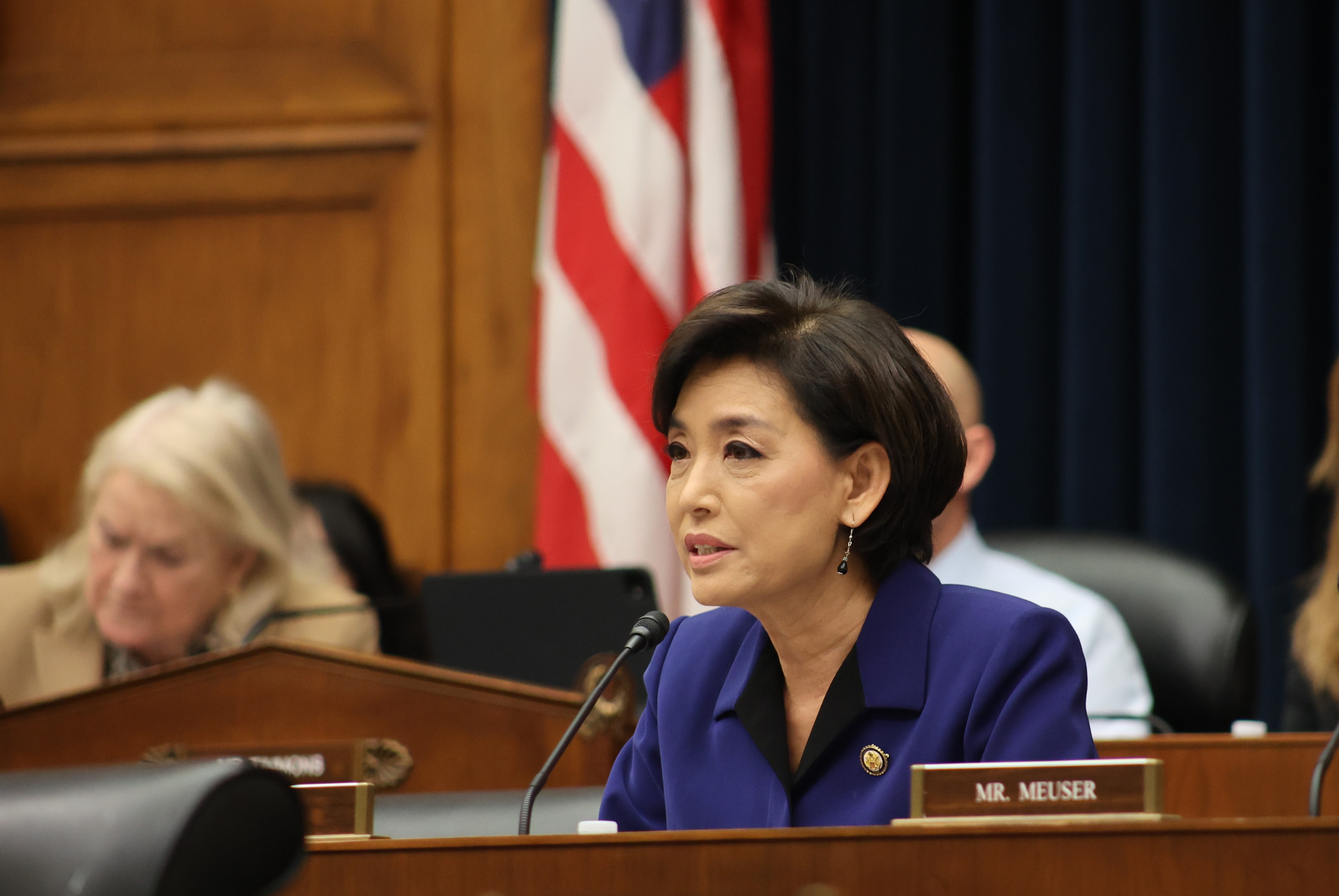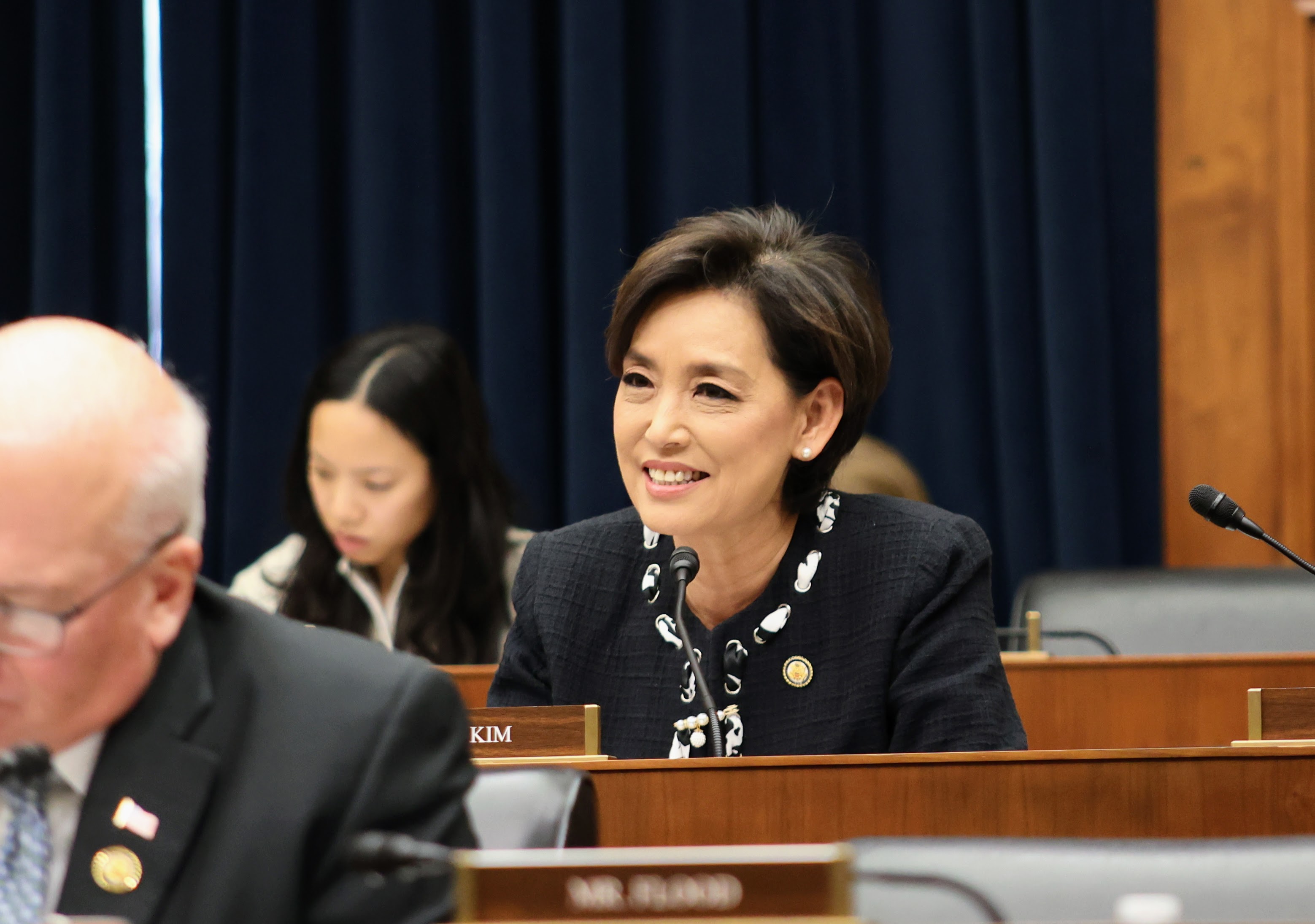Will updating the definition of “chronic homelessness” shift the dial on alleviating homelessness?
That is the objective of a bipartisan group of lawmakers behind recent legislation that seeks to amend just who is designated as chronically homeless under the McKinney-Vento Homeless Assistance Act to open up more support for more people.
Enacted in 1987, McKinney-Vento authorizes assistance to people experiencing homelessness, including funding for shelters and temporary housing, permanent supportive housing and access to education for homeless children and youth.
It defines chronically homeless as someone with a disability who lives in a place not meant for someone to live in, a safe haven or an emergency shelter.
To qualify as chronically homeless, a person must have lived in these situations continuously for at least a year or have experienced at least four separate instances of homelessness within the last three years, totaling at least a year, with each break involving at least seven consecutive nights in a different living situation. This definition also applies to someone who has lived in an institutional care facility for fewer than 90 days, as long as they were living in one of the aforementioned places immediately before entering the facility.
The newly introduced federal bill would eliminate the requirement for someone to have experienced at least four separate instances of homelessness within the last three years totaling at least a year from the chronically homeless definition.
It would instead expand it to include people who have experienced homelessness for at least one year — “whether continuously or cumulatively within three years” — according to Rep. Young Kim’s office, to ensure they are eligible to receive support.
The new definition would also include homeless people who’ve lived in transitional housing — different from an institutional care facility — for fewer than 90 days.




